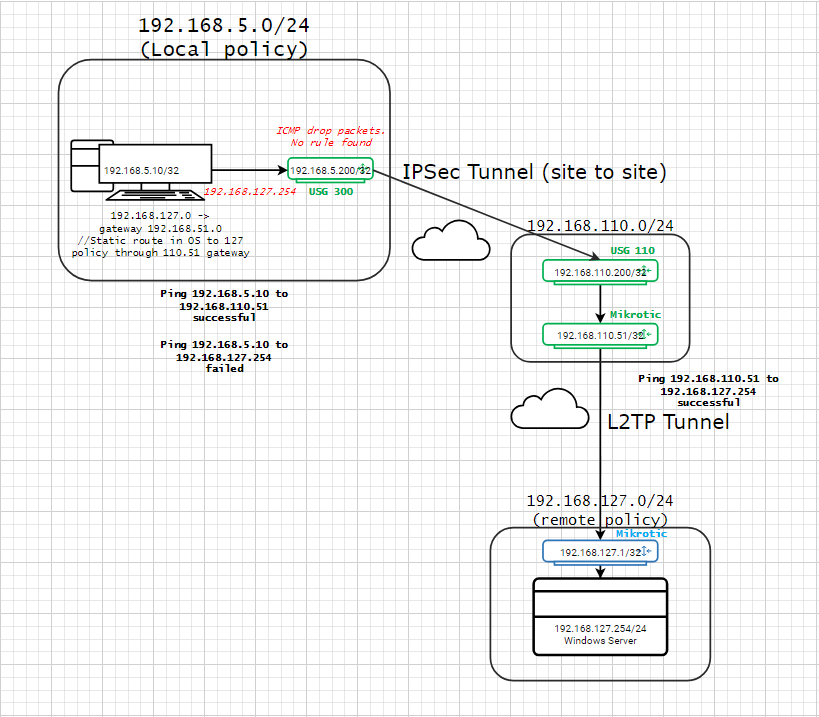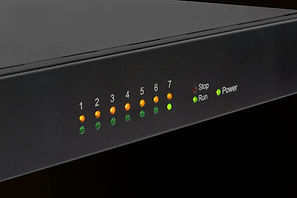ATP Dashboard Overview

The ATP (Automated Threat Protection) dashboard is a critical tool for security teams, providing a centralized platform to monitor, analyze, and respond to potential threats in real-time. As the backbone of an organization’s cybersecurity posture, the ATP dashboard plays a vital role in identifying and mitigating risks, ensuring the confidentiality, integrity, and availability of sensitive data.
Key Components of the ATP Dashboard
- Threat Detection: The ATP dashboard utilizes advanced algorithms and machine learning techniques to identify potential threats, including malware, phishing attacks, and unauthorized access attempts. This module provides real-time alerts and notifications, enabling security teams to respond promptly to emerging threats.
- Incident Response: The incident response module is designed to streamline the response process, providing a structured approach to containing and remediating threats. This includes automated workflows, playbooks, and runbooks to ensure consistency and efficiency in response efforts.
- Vulnerability Management: The ATP dashboard includes a vulnerability management module, which identifies and prioritizes vulnerabilities based on severity and potential impact. This enables security teams to focus on remediating the most critical vulnerabilities, reducing the attack surface and minimizing risk.
- Compliance and Risk Management: The compliance and risk management module provides a comprehensive view of an organization’s security posture, including compliance with regulatory requirements and industry standards. This enables security teams to identify areas for improvement and develop targeted strategies to mitigate risk.
- Analytics and Reporting: The ATP dashboard includes advanced analytics and reporting capabilities, providing security teams with actionable insights into threat activity, incident response, and vulnerability management. This enables data-driven decision-making and continuous improvement of the organization’s cybersecurity posture.
Benefits of the ATP Dashboard
- Improved Threat Detection: The ATP dashboard enhances threat detection capabilities, enabling security teams to identify and respond to potential threats in real-time.
- Streamlined Incident Response: The incident response module streamlines the response process, reducing the time and resources required to contain and remediate threats.
- Proactive Vulnerability Management: The vulnerability management module enables security teams to prioritize and remediate vulnerabilities, reducing the attack surface and minimizing risk.
- Enhanced Compliance and Risk Management: The compliance and risk management module provides a comprehensive view of an organization’s security posture, enabling security teams to identify areas for improvement and develop targeted strategies to mitigate risk.
- Data-Driven Decision-Making: The analytics and reporting capabilities of the ATP dashboard provide security teams with actionable insights, enabling data-driven decision-making and continuous improvement of the organization’s cybersecurity posture.
Implementation and Integration
To maximize the benefits of the ATP dashboard, it is essential to implement and integrate the platform effectively. This includes:
- Integration with Existing Security Tools: The ATP dashboard should be integrated with existing security tools and systems, including firewalls, intrusion detection systems, and security information and event management (SIEM) systems.
- Configuration and Customization: The ATP dashboard should be configured and customized to meet the specific needs of the organization, including the development of custom playbooks and runbooks.
- Training and Support: Security teams should receive comprehensive training and support to ensure they are proficient in using the ATP dashboard and its various modules.
- Continuous Monitoring and Evaluation: The ATP dashboard should be continuously monitored and evaluated to ensure it is operating effectively and efficiently, and to identify areas for improvement.
By implementing and integrating the ATP dashboard effectively, organizations can enhance their cybersecurity posture, improve threat detection and incident response, and reduce the risk of security breaches.
What is the primary function of the ATP dashboard?
+The primary function of the ATP dashboard is to provide a centralized platform for security teams to monitor, analyze, and respond to potential threats in real-time.
What are the key components of the ATP dashboard?
+The key components of the ATP dashboard include threat detection, incident response, vulnerability management, compliance and risk management, and analytics and reporting.
How does the ATP dashboard improve threat detection?
+The ATP dashboard improves threat detection by utilizing advanced algorithms and machine learning techniques to identify potential threats, including malware, phishing attacks, and unauthorized access attempts.
In conclusion, the ATP dashboard is a powerful tool for security teams, providing a centralized platform to monitor, analyze, and respond to potential threats in real-time. By implementing and integrating the ATP dashboard effectively, organizations can enhance their cybersecurity posture, improve threat detection and incident response, and reduce the risk of security breaches.



